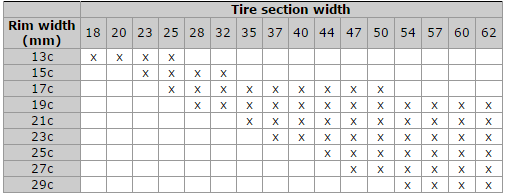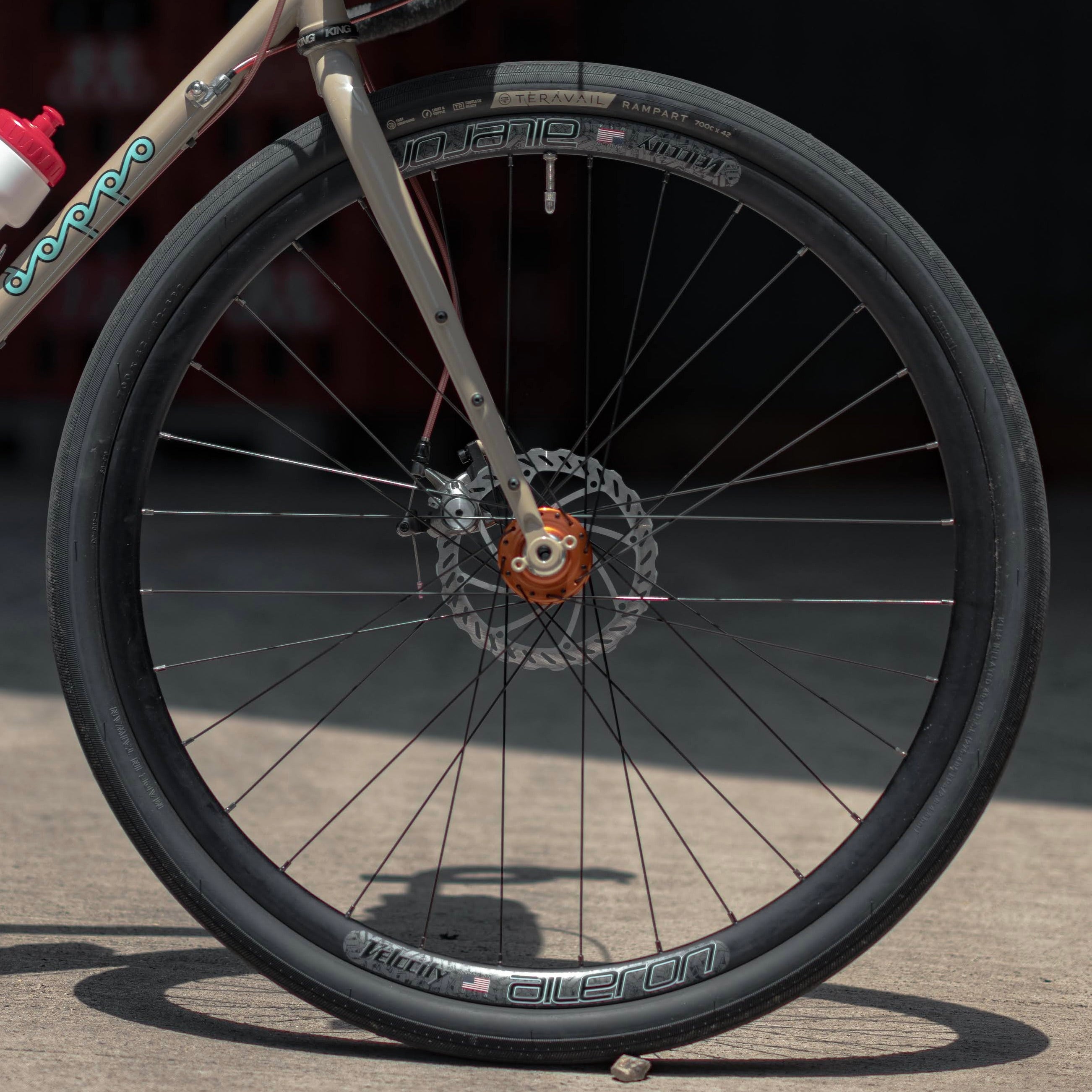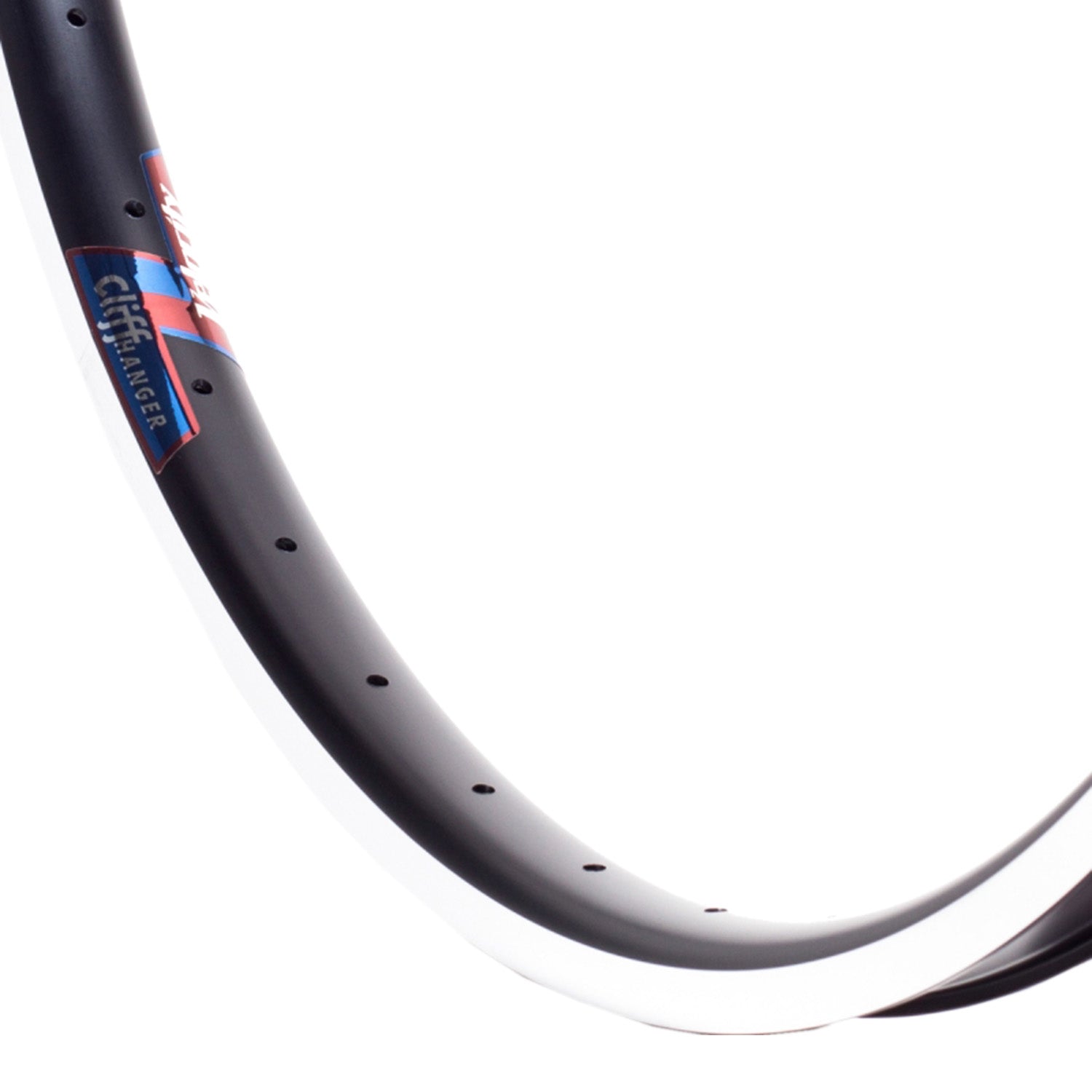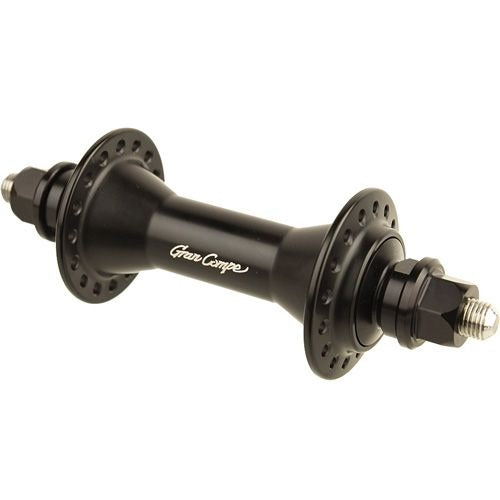What I am going to talk about is basic knowledge of rims.
Rim Diameter
Each bicycle has a specific size, which usually cannot be changed.
Check the tire or rim for numbers such as 26", 27.5", 29", 650b, 650c, 700C, etc.
Rim type
There are rims for rim brakes, disc brakes, etc. Be aware that some rims are specially designed for rim brakes and cannot be used with other types of rims.
Rim Specifications
There are two main types of rim specifications: tubed and non-tubed.
Tubed (called clincher or WO)
Tubed (called clincher or WO) : The most common specification, using a tube to inflate the tire, with the most choices of rims to suit the application.
Tubular (requires a specialized tire)
Tubular (requires specialized rims and tires) : This specification requires specialized rims and tires, and boasts an overwhelmingly comfortable ride, but it is incredibly difficult to repair a flat tire. Repairing on the road is impossible.
Tubeless
Tubeless : A special tire without a tube and a valve core is used to inflate the tire. This method has many advantages, such as preventing punctures on the rim, improving tire performance, and reducing weight, but it is difficult to handle.
Tubeless Ready
Tubeless Ready : A simpler version of the tubeless specification that uses a special tire, rim, valve core, rim tape, and sealant fluid to achieve the same performance as a tubeless tire.
Rim height (vertical rim height): greatly affects aerodynamic drag.
Higher height reduces aerodynamic drag in the direction of rotation, while lower height increases it.
However, higher height increases weight on non-carbon rims, so balance is important.
In general, the lighter the outer circumference of a wheel, the lighter it is to step on.
Rim width (horizontal rim width. Note that there is an outer width and an inner width)
It affects the shock absorption capacity and the width of the tire. The width of the rim also determines the use of the tire. Simply put, a wider rim is for mountain biking, a narrower rim is for road use, and so on.
The width of the outside of the rim affects the shock absorption capacity, and the thicker the tire, the higher the absorption capacity, but depending on the frame, it may not be possible to mount the tire. Clearance must be checked.
The width of the inside of the rim greatly affects the width of tires that can be mounted. A narrow tire cannot be mounted on a wide rim, and vice versa. Please refer to the general compatibility chart.

Number of holes in a rim: The number of holes on the inner diameter side of the rim for the spokes and nipples to fit through.
The number of holes must be the same as the number of holes in the hub.
If the number of holes is reduced and the number of spokes is decreased, aerodynamic drag is reduced, but the force against torsion is weakened.
This also has a significant effect on the life of the wheel. The more holes, the longer the wheel will last, but the heavier it will be and the more aerodynamic resistance it will have.
In general, the following is often the case
- Road: 20 to 32 holes
- Cross: 28 to 32 holes
- MTB : 28-36 holes
- Touring & Cargo Bike Motorcycle & Utility Vehicle: 32-36 hole




